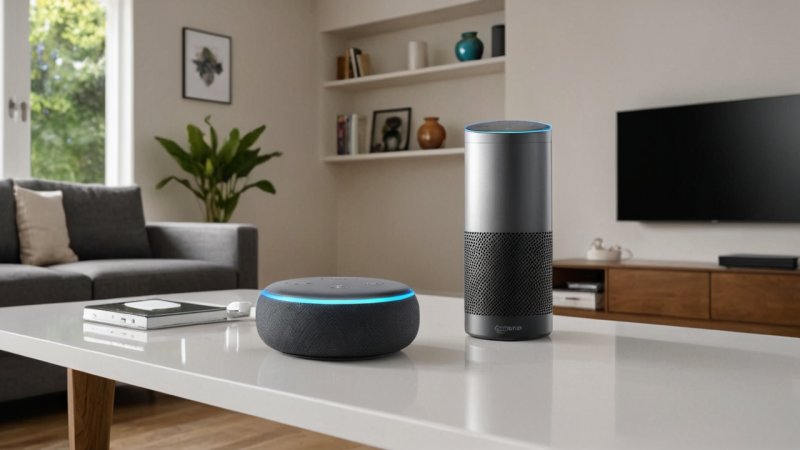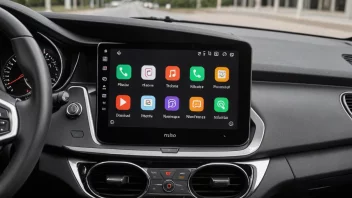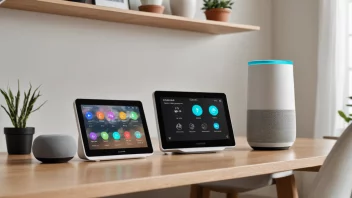In the realm of smart home technology, virtual assistants have become pivotal in managing our daily lives, automating tasks, and enhancing our overall living experience. Two of the most popular virtual assistants on the market today are Amazon Alexa and Google Assistant. While both offer robust features and capabilities, they differ in terms of compatibility, functionality, and user experience. This article will provide a detailed comparison of Amazon Alexa and Google Assistant to help you decide which virtual assistant is best suited for your smart home setup.
Compatibility with Smart Home Devices
One of the primary considerations when choosing a virtual assistant is how well it integrates with your existing smart home devices.
Amazon Alexa
Amazon Alexa has a vast ecosystem of compatible devices. With thousands of products from various manufacturers, Alexa is generally considered to be more versatile in terms of connectivity. From smart lights and thermostats to security cameras and locks, Alexa supports a wide array of devices. This extensive compatibility is bolstered by the Amazon Smart Home Skill API, which allows device manufacturers to easily integrate their products with Alexa.
Google Assistant
Google Assistant also supports a significant number of smart home devices, although its ecosystem is slightly less extensive than Alexa's. However, Google has been steadily growing its partnerships with manufacturers, and many popular brands, such as Philips Hue and Nest, are fully compatible with Google Assistant. Its integration with Google Home products is seamless, making it a solid choice for users heavily invested in the Google ecosystem.
Voice Recognition and Natural Language Processing
How each assistant interprets and responds to voice commands can significantly impact user experience.
Amazon Alexa
Alexa is known for its strong voice recognition capabilities, particularly in understanding commands related to Amazon services. However, it sometimes struggles with more complex queries or follow-up questions. Users may find themselves needing to use specific phrases to get the desired response, which can be a bit limiting.
Google Assistant
In contrast, Google Assistant excels in natural language processing. It is designed to understand context and can handle more conversational requests. This makes it easier for users to engage in back-and-forth dialogue, ask follow-up questions, and utilize a more natural speaking style when issuing commands.
Smart Home Routines and Automation
Both Alexa and Google Assistant offer smart home routines, but they differ in setup and functionality.
Amazon Alexa
With Alexa, creating routines is straightforward. Users can set specific triggers, such as time of day or voice commands, to initiate multiple actions at once. For instance, saying "Goodnight, Alexa" can turn off lights, lock doors, and adjust the thermostat. However, some users find that the options for routines can be somewhat limited compared to what they’re hoping for.
Google Assistant
Google Assistant also allows users to create routines, but it offers a more customizable experience. Users can combine various actions and even control devices across different platforms. For example, a morning routine can include reading the news, adjusting the lights, and starting a coffee maker—all triggered by a single command like "Hey Google, good morning!" The level of customization makes Google Assistant particularly appealing for users looking to create elaborate automated sequences.
Smart Displays and Visual Feedback
Smart displays provide visual feedback, which can enhance the functionality of a virtual assistant.
Amazon Alexa
Amazon's Echo Show devices come equipped with a screen that displays information such as weather updates, news, and recipes. Users can also make video calls and watch content from streaming services. However, the visual interface is primarily designed for Alexa-specific content, which may limit the user experience for those looking for broader applications.
Google Assistant
Google Assistant-powered devices, such as the Nest Hub, offer a more integrated visual experience. The display can show a wider range of content, including Google Photos, YouTube videos, and Google Calendar events. This versatility makes it an attractive option for users who appreciate having visual information readily available.
Privacy and Security
Privacy concerns are paramount when it comes to smart home devices. Understanding how each assistant handles user data is essential.
Amazon Alexa
Amazon has faced scrutiny over its data privacy practices, but it does provide users with some control over their voice recordings and data. Users can delete voice recordings through the Alexa app, and there are settings to mute the microphone on Echo devices when privacy is a concern. However, the default data collection practices can be worrisome for some users.
Google Assistant
Google also collects data to improve its services, but it offers a more granular approach to privacy settings. Users can manage their data through their Google Account settings, allowing them to see what information is collected and how it’s used. Furthermore, Google Assistant has a feature that allows users to delete their voice recordings automatically after a specified period, providing an added layer of control.
Conclusion
When it comes to choosing between Amazon Alexa and Google Assistant for your smart home, both have their pros and cons. Amazon Alexa is ideal for users looking for extensive device compatibility and straightforward routines, while Google Assistant excels in natural language processing, customization, and visual feedback. Ultimately, your choice may come down to the specific smart home devices you own and how you prefer to interact with your virtual assistant. If you value a more conversational experience and a better visual interface, Google Assistant may be the way to go. On the other hand, if you're looking for a more extensive selection of compatible devices and seamless integration with Amazon services, Alexa could be your best option.






